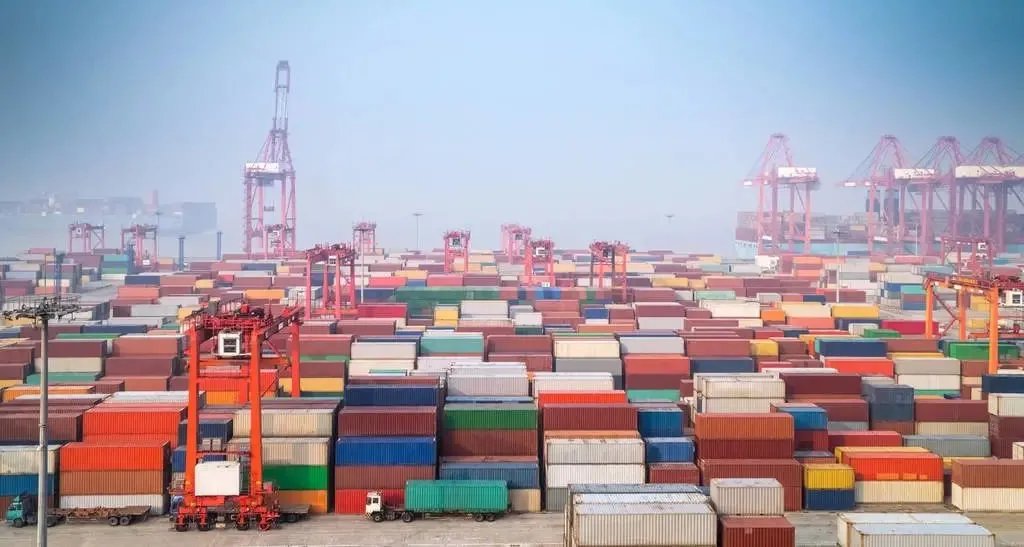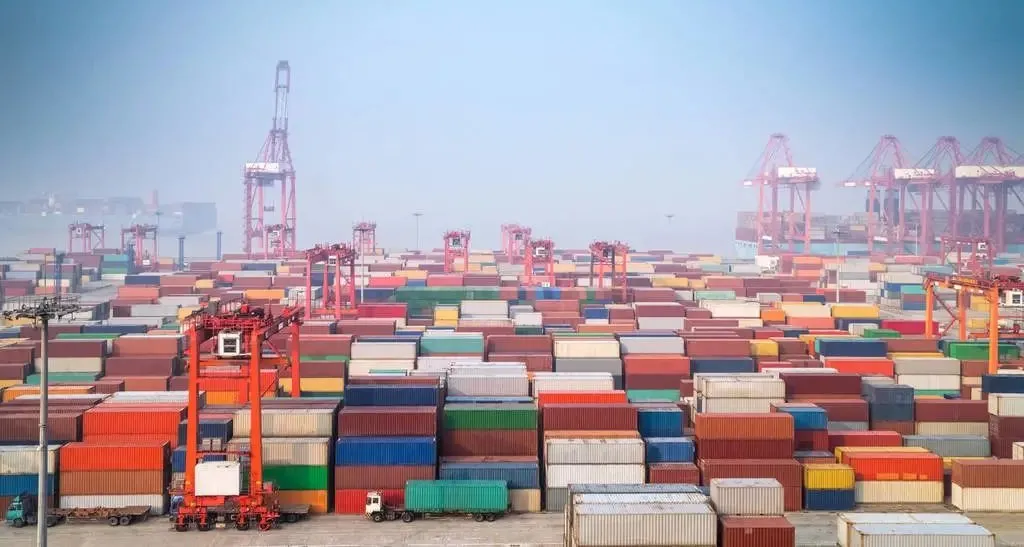A few days ago, the GDP data of the first three quarters of 30 provinces were released. Although there is no accident, Guangdong, Jiangsu, and Shandong are still the top three in total, and Liaoning and Heilongjiang are the bottom in terms of growth rate. However, it can also be seen that China's economic map has changed.
GDP data: North is picking up speed again!
With the "knotted" situation of the global supply chain becoming more and more serious in the past two years and the transformation of China's economic development model, the northern economy has begun to accelerate again.
The GDP growth rates of Shandong and Shanxi in the first three quarters were almost equal to those of Guangdong and Jiangsu, reaching 9.9% and 10.5% respectively. In addition to the floods in Henan, the economic growth rates of northern provinces such as Heilongjiang, Jilin, Liaoning, Hebei, and Tianjin in the first three quarters have also bottomed out, reaching 8.0%, 7.8%, 7.4%, and 7.7% and 8.6%, respectively.
On the contrary, Guangdong, Fujian, Zhejiang, which are mainly coastal export-oriented provinces, have their average GDP growth rates in two years lower than the economic growth rate in 2019. Guangdong dropped 1.1 percentage points, Zhejiang dropped 0.4, and Fujian dropped 2 percentage points.
However, Shandong, Jilin, and Jiangsu bucked the trend and increased their two-year average GDP growth rates by 0.3, 1.6 and 0.2 percentage points respectively compared with 2019.
This shows that after the epidemic, with the changes in the global supply chain and the adjustment of domestic economic policies, some provinces have been greatly impacted, while others have seized the opportunity. Especially in Jiangsu, it is more "all-you-can-eat from north to south" and has a tendency to surpass Guangdong.
For a long time, people used to use geography, climate, business culture and other factors to explain the economic differences between the north and the south of China, and the "theory" that the economy of the north lags behind the south seems to have begun to fail.
Song Hongbing believes that the northern economy is showing signs of re-emergence.
Especially with the change of the third global supply chain, the northern economy, which is dominated by heavy chemicals, energy, and raw materials, may gain opportunities, while the southern economy may be affected.

The 70-year "regional blackness" of the North-South economy can end
There seems to be a misunderstanding in our impression. It is not that the economy of the South is necessarily stronger than that of the North, and that it has more advantages than the North. No, after the reform and opening up, the northern economy has already lagged behind the southern.
In fact, in New China, for 50 years, the economy of the North surpassed that of the South. It was not until 2000 that the South achieved its overtake, and after 2008, the economy of the North was fully surpassed.
It was only after 2008 that the southern economy seized the second opportunity of the "expansion" of global supply chains. The southern economy has not only gained advantages in the labor-intensive light industry, but also crushed the north in electronics, communications, and Internet industries.
At the same time, the South has also gotten rid of its dependence on the North's economy in the fields of energy, heavy chemical industry, iron and steel metallurgy and other fields by integrating with international resources and energy.
However, the advantages of North Heavy Chemicals, resources and raw materials are difficult to exert and the opportunities are not seized when the global supply chain is pursuing refinement and real-time production "just-in-time".
This is the essence of the North's economic lag behind the South for nearly 20 years.
As the so-called "the times create heroes", all kinds of "regional blacks" based on culture, brains, planned economy, etc., are actually unreliable.
The most important thing is that these "theories" and stereotypes cannot be used to predict the future economic trend; it is impossible to realize that with the start of the Sino-US trade war in 2018 and the epidemic sweeping the world in 2020, the third global The supply chain change has arrived.
Especially when the US dollar system is weakening and the US-led world trading system is in turmoil and it is difficult to extricate itself, the original globalized supply chain based on "refinement, just-in-time" (just-in-time) has been severely knotted. The entire industry chain is at risk of collapse.
This is not just a temporary shock caused by the epidemic, but the world can no longer bear this fragile and extreme capital system and production model.

Without the right theory, there is no courage
How to Understand the Third Global Supply Chain Change
From shipping to chips, from automobiles to consumer electronics, from energy supply to basic raw materials, the global manufacturing industry is being impacted, and the supply and demand chains in the global market are facing restructuring
In this context, China, and even the whole world, began to have to shift to a "just-in-case" model that emphasizes "guaranteed production".
Therefore, this will enable the northern economy, which is dominated by heavy chemical industry, energy and raw materials, to gain opportunities.
This is not a simple historical cycle of "30 years of Hedong and 30 years of Hexi".
Rather, it is a theoretical summary based on the law of "changes in the global supply chain", which is an experience proven by history.
How will the US "build its own resilient supply chain"? How did Japan make a strategic mistake? How did South Korea see the direction and achieve counter-cyclical industrial expansion?
As for China, why has the southern economy surpassed the northern economy in the past 20 years? Where is the "inflection point" of the North and South economies? What will the next change be?
The northern cities must seek development, and the southern economy must avoid shocks and transform and upgrade. Industrial investment should be more bold and careful.
But what are the theories that guide regional economic development and investment? What is the future trend?
Without a correct theory, there will be no confidence and courage, and there will be no way to answer the above questions with actions. This is true of local governments, business investment, and the fate of individuals.
In this regard, Ren Zhengfei once expressed the essence of the 70-year difference between the North and South economies in one sentence - when we were not capable, then we had to find others to connect with, but now that we are very good, others will come to us to connect.
Only by placing the Chinese economy in the midst of changes in the global supply chain can we find out exactly the answer.
Song Hongbing believes that, in fact, each province and city in China has its own advantages. We can't quote injustice, let alone belittle ourselves.
We need to consider these advantages in the perspective of the global supply chain, deeply study the laws of new changes in the global supply chain and the transfer of power, find new industrial entry points, and "counter" Western technology and industry from the supply chain. "contain".
To this end, the economies of northern and southern China, as well as various industry systems, should work together and go hand in hand to eventually form a breakthrough in the supply chain.

